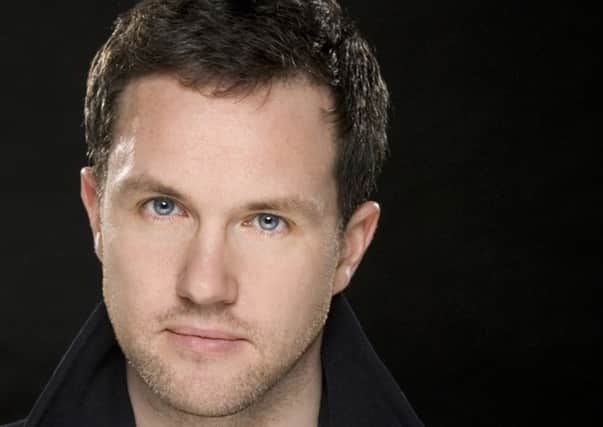Joyce McMillan on political messages in art


He says that The Pure, The Dead And The Brilliant is a play designed to “rally support” for Scottish independence, in advance of the September referendum; but not all of his online friends are happy with this phrase, and a debate begins about whether it is the job of theatre – or any other art – to be “rallying support” for political causes. Everyone agrees that art should not be reduced to mere pamphleteering. Yet there are also counter-examples which suggest that art with a clear political or social message can sometimes scale breathtaking creative heights; Joan Littlewood’s Oh What A Lovely War comes to mind, as does John McGrath’s The Cheviot, The Stag, And The Black, Black Oil.
And this is a particularly important debate at the moment, not so much because of the referendum – funding bodies are wary of taking sides in such a controversial political debate – but because of the growing tendency of funding bodies and government at all levels, over recent decades, to favour artistic work which has a clear social purpose over work which is striving only to be brilliant and beautiful.
Advertisement
Hide AdIt’s easy enough to see how this has happened; in an age when ideas about what is “good” have become more contested under the pressure of social change, it is much easier for public bodies to support artistic work which clearly reflects some of their other policy goals – often to do with social inclusion, disability, or work with young people – than it is simply to take a gamble on artistic inspiration in general.
Yet I can still remember the shock I experienced, a decade or so ago, when I arrived for a production involving a group of actors with disabilities to find that this pretty average show – unlike any of the brilliant work I had seen that year at the Citizens’, or the Traverse, or Dundee Rep – came garlanded with high-profile messages of support from government ministers, and a level of official approval for which most theatre projects could not begin to hope.
The problem with the arts, though, is that although it’s possible to make hopeful generalisations about the conditions that promote good work, in the end there really are no rules. In the past ten days in Scottish theatre, I’ve seen one stunning piece of international work clearly aimed at exposing the background to the 1994 genocide in Rwanda, one excellent play from West Yorkshire Playhouse designed to promote empathy and understanding for young unaccompanied asylum-seekers, one brilliant sex-comedy co-produced by a company dedicated to full social inclusion for people with disabilities, and one gorgeous site-specific show at the National Museum Of Scotland, produced by a company which only exists to provide creative opportunities for adults with learning difficulties. All of these shows, to a greater or lesser extent, exist because they have a social purpose which is easy to articulate, and to which funding bodies can turn, in making their decisions.
Yet none of them is “bad art”, or mere propaganda. On the contrary, like the shows that form the shortlist every year for the Amnesty International Freedom Of Expression Award at the Edinburgh Fringe, they all pull off the difficult trick of combining a clear social or political purpose with subtlety, beauty, wit, imagination and a refusal to over-simplify.
Artists should always be wary, of course, of being harnessed to other people’s social or political causes. Yet where the cause chimes with something true to the artist’s own experience – whether it’s the “body-fascism” of our society when it comes to physical imperfections, or a deep impulse to challenge an old and dying regime – then art with an obvious purpose can sometimes rank with the very best; and has a chance to prove itself pure, dead or brilliant, alongside every other creative effort in our bustling cultural landscape.